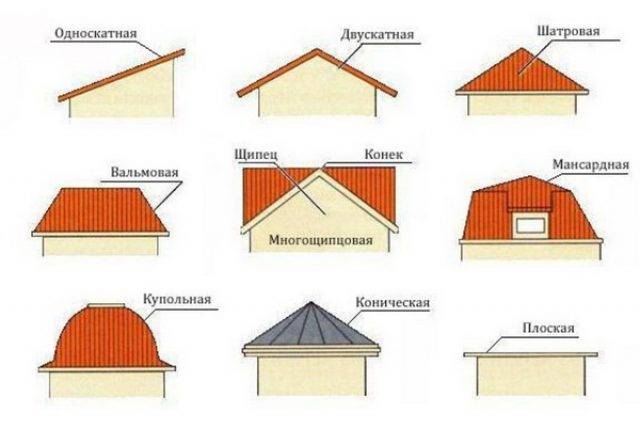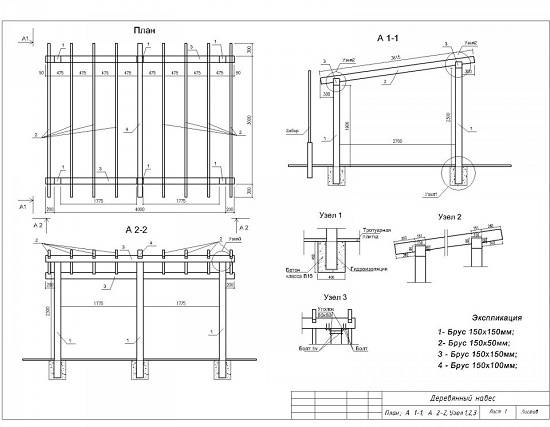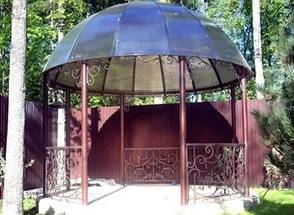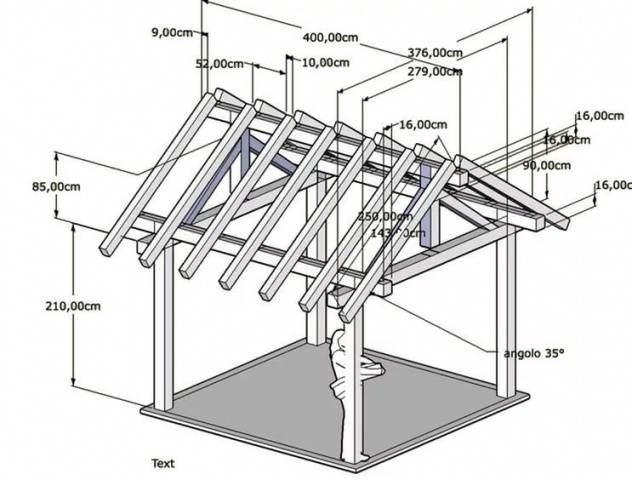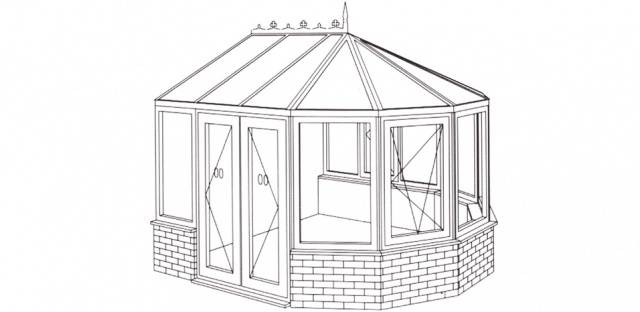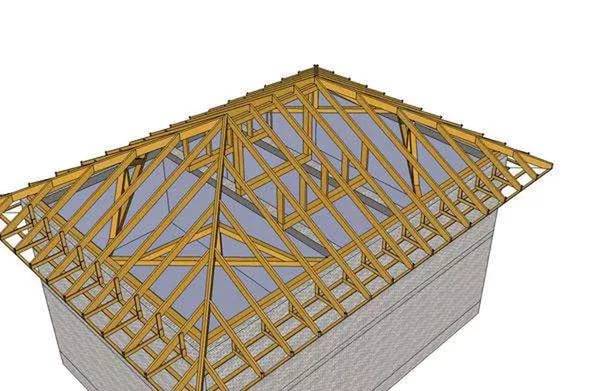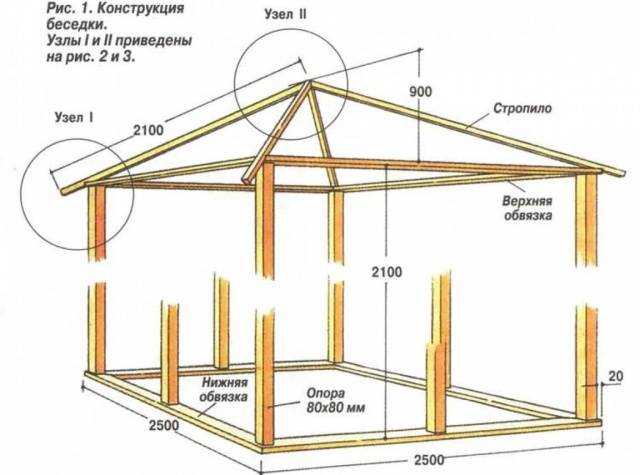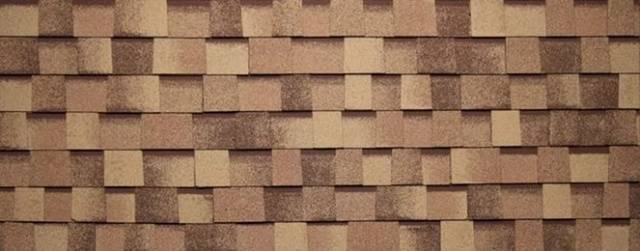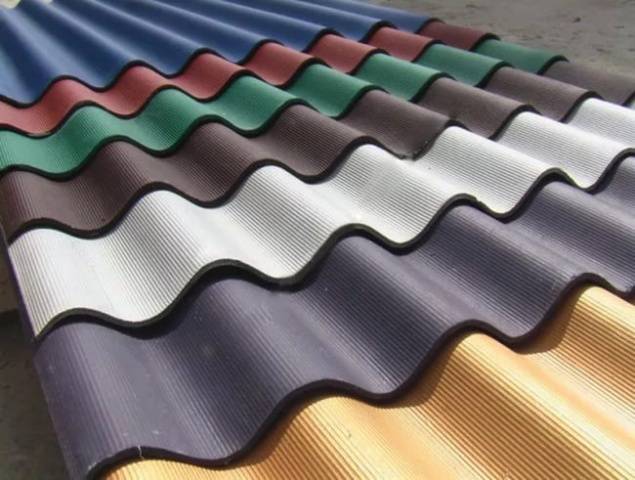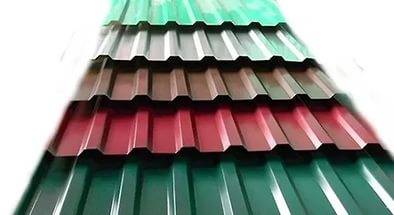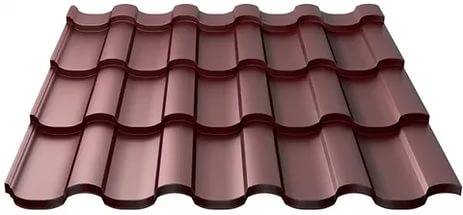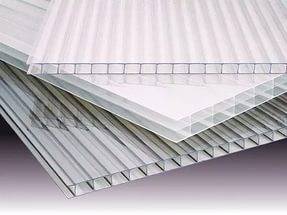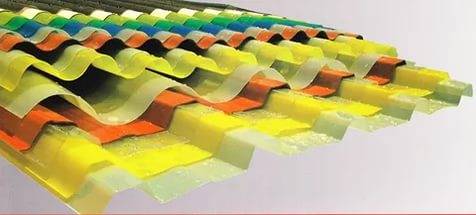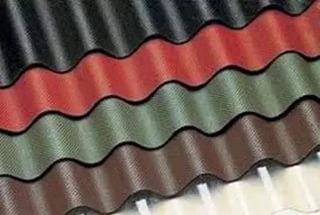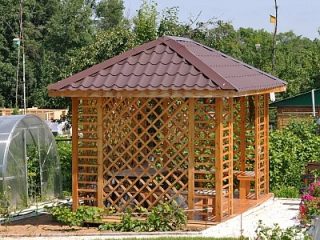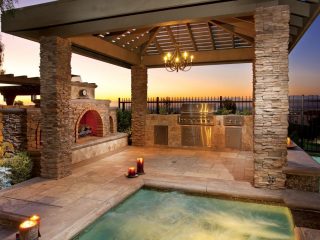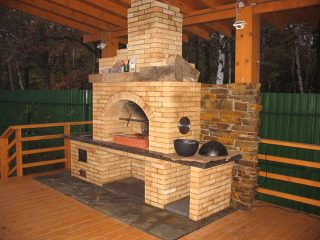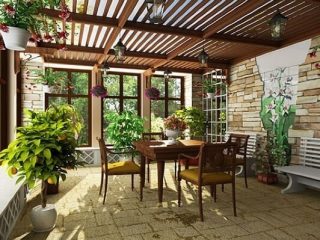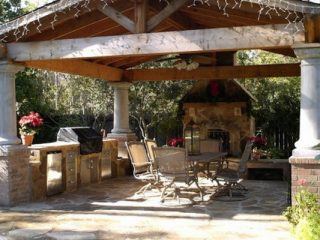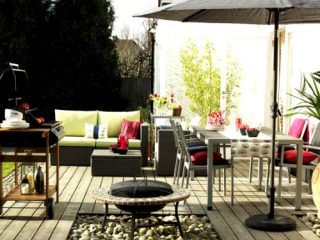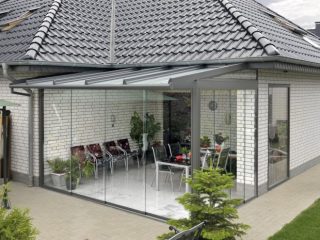Content
A gazebo or a terrace attached to the house is not only a place for relaxation, but also serves as a decoration for the yard. In order for the structure to have a presentable appearance, a reliable and beautiful roof covering must be selected for its roof. The modern construction market offers many new materials. Let's now try to figure out how to cover the roof of a gazebo or terrace, and also consider the nuances of choosing a roofing material.
Choosing the shape of the roof and roofing
Most often, the design of gazebos does not provide for the presence of a base. Foundations must be built for terraces attached to the house. The absence of a base prevents the roof from being covered with a heavy roof covering. The roof should be light and strong at the same time.
For outdoor cooking, sometimes the building is equipped with barbecues, ovens, smokehouses. In this case, the roof of the gazebo is made of non-combustible materials, and the structure itself is erected on the foundation. Here, asbestos-cement slate, ceramic tiles or any metal material is used as a roof covering.
The shape of the roof of the gazebo is selected, guided by the climatic conditions of the region. Flat roofs are not suitable for areas with high annual rainfall. From a large accumulation of snow, the roofing will bend. Steep roof slopes are not recommended for gazebos built in windy areas. Large windage will lead to rapid destruction of the roof.
To know how to make a roof on a gazebo with your own hands, you first need to decide on its shape. Each type of roof has a rafter structure, which is shown in the photo by the drawings of different roofs:
-
The simplest pitched roof is usually made in the form of a rectangle or square. Occasionally it is diamond-shaped, which depends on the very shape of the gazebo. The structure consists of layered rafters, the stop for which are opposite walls. Most often, the roof of the veranda, attached to the house, is made single-pitched.
-
The round shape only defines the outline of the side borders of the roof itself. Upward, the structure can be made in the form of a cone, a dome, etc. The roof consists only of diagonal rafters. In this case, a circular crate is made.
-
It is easier to build a gable roof on a rectangular gazebo. The design provides for the manufacture of rafters of a layered or hanging type. This parameter is determined based on the type of roofing, as well as the material chosen for interior decoration.
-
An oval gazebo and a semi-oval extension to the house look harmoniously under a pitched roof. The structure similarly consists of hanging and hanging rafters coming from the ridge.
-
A gazebo with a hipped roof will decorate your yard quite well. In this design, there is a ridge, from which two triangular and two trapezoidal slopes depart.Gable roofs are installed on oval and rectangular gazebos. The structure consists of four slanting rafters at the corners, and a set of hanging and layered elements located between the ridge and the walls of the building.
-
The hipped roof is installed on square gazebos. The structure consists of four slanting rafters laid at the corners, and converging at the top at one point. There is no ridge in the hipped roof.
Of all the roofs considered, hipped and domed structures are the classic option. The roof withstands strong gusts of wind and does not retain precipitation.
Overview of roofing material for the roof of the gazebo
A roof for the gazebo is made with your own hands after all the exact calculations have been made. There are special requirements for the roofing material. In addition to reliability and a long service life, the roof must be attractive, as well as be combined with the style of the structure itself. It is good if the roof harmoniously fits into the landscaping of the yard. If the gazebo is located close to a residential building, it is desirable that the design of both buildings overlap. Perhaps the material for the roof of the gazebo should be taken the same as the one used to cover the residential building.
Bituminous shingles
The choice of soft tiles is optimal for difficult roofs. Bituminous shingles are flexible, which allows them to be fixed on any curly areas. In terms of design, bituminous shingles outperform many of their counterparts. Shingles are cut to shape the petals into various geometric shapes. As a result, a nice pattern is obtained on the roof, reminiscent of a wave, scales, etc.
Soft tiles are quite easy to fit and, with proper installation, can last up to 30 years on a gazebo, although for all bituminous materials, the service life is approximately limited to 10 years. The roofing material is environmentally friendly, does not reflect the sounds of hitting raindrops or hail, shingles are available in different colors.
The downside of bituminous shingles is the fear of strong gusts of wind until all the shingles are glued together into one monolithic coating. For laying the tiles, it is necessary to make a continuous crate.
The video shows the installation of shingles on the gazebo:
Fire resistant roofing
When the question arises of how to cover the roof of the gazebo, inside which a stove or barbecue is installed, you should immediately stop at non-combustible materials. In the first place is the traditional asbestos-cement slate. The material is inexpensive, quick to install and quite durable. Cement-sand tiles are very heavy for the gazebo. It is better to replace it with a ceramic analogue. These tiles are attractive and durable.
Corrugated board
Today the professional flooring for summer residents is the No. 1 roofing and finishing material. Light metal sheets with a beautiful polymer coating are easy to process, easy to assemble, and have a long service life. It is only necessary to take into account that the profiled sheet of different brands differs in wave height. For roofing works, sheets are produced with the appropriate marking. For the gazebo, you can use any corrugated board with a minimum wave height of 21 mm.
The corrugated board is not flammable, therefore it is suitable for a gazebo with a stove or barbecue. The disadvantage is the high noise level from hailstones or raindrops.
Metal tile
According to its characteristics, the metal tile is not far from the corrugated board. In principle, it is one and the same material only with a different profile shape. The metal tile on the gazebo looks more presentable. Thanks to a large selection of colors and profile shapes, it is possible to build gorgeous roofs. The disadvantage of the material is the high cost and large amount of waste when installed on a small roof.
Transparent materials
Popular transparent roofing materials include polycarbonate. The honeycomb structure gives the sheet a certain flexibility, which allows it to follow the curves of the roof. Polycarbonate is available in various colors. The transparent roof looks beautiful on a free-standing gazebo, as well as an open veranda attached to the house. Polycarbonate does not corrode, it is quite resistant to the effects of the natural environment, but it cannot be used on gazebos with barbecue. It is undesirable to cover a building located in a region with difficult weather conditions with sheets.
Fiberglass Slate
The shape of the roofing is similar to traditional slate. A lightweight material is made from fiberglass or modified cellulose. Attractive sheets of different colors do not corrode, are easy to handle and fix. The disadvantage is the structure of the material, which allows fungus to grow in dampness.
Bituminous roofing material
The cheapest roofing material supplied in rolls. It cannot be considered as a covering for a gazebo because of its unaesthetic appearance and short service life. Roofing material can be used to cover a gazebo, which stands in deep thickets, so as not to spoil the design of your yard with its appearance.
Ondulin
This bituminous material is similar in structure to roofing felt and shingles. The sheets were given a wavy slate shape and different colors. Lightweight, inexpensive and durable, the cover is great for many gazebos. Ondulin has good sound insulation, is resistant to environmental influences, and is easy to install.
Than the roofs of the attached verandas are covered
They try to ennoble the verandas or open terraces attached to the house in every possible way. The main building element is the roof. To cover it, the roofing material that is laid on the house is usually chosen. If you want something unusual, the roof of the extension is made transparent. The same polycarbonate is used here. Moreover, with these transparent sheets, the terraces can be partially or completely glazed.
That, in principle, is all the nuances of choosing a roofing material for a gazebo and an open veranda. Don't go chasing cheap coverage. The gazebo is also a serious building and requires high-quality coverage.
